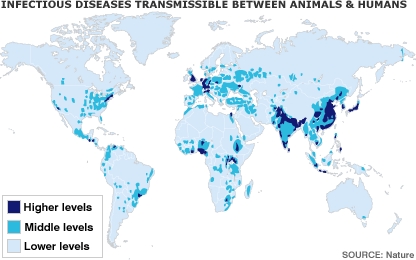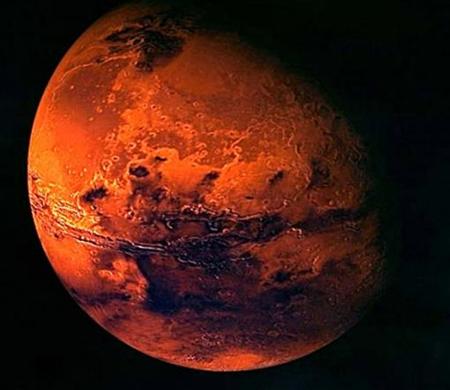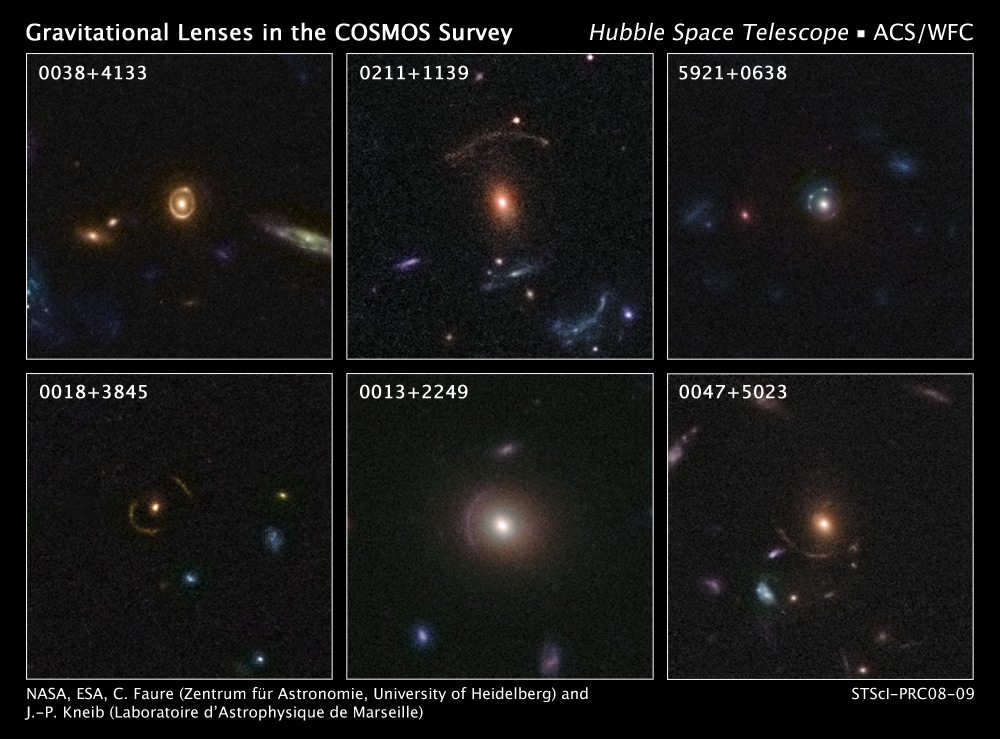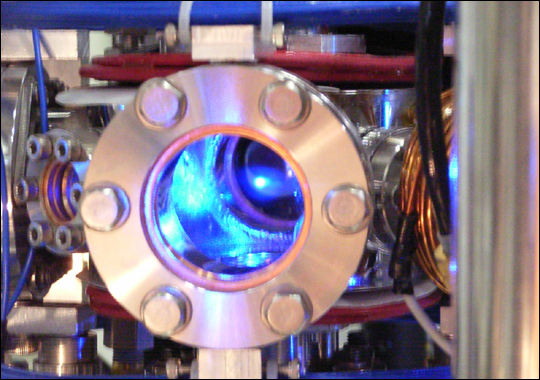Doctors Increasingly Using Botox for More Than Just Wrinkles
If you think Botox is just for wrinkles — think again. The anti-wrinkle drug is now being routinely used to reduce scarring, treat migraines and eliminate excessive sweating.
"A study out of the University of Buffalo demonstrated that using Botox on the outer sides of fresh scars reduces the pull of the muscle tension which makes scars red and thick," said Dr. Steven Pearlman, a dual board certified facial and reconstructive surgeon in Manhattan.
Sitting in Pearlman's office on this particular February day is Nancy Behrman, a busy New York City professional. The mother of two sustained serious injuries to her face last August when she went over the handle bars of her bicycle.
She's had multiple surgeries since then — but she's not going under the knife this time around.
"I had heard through several plastic surgeons and dermatologists that the way to actually relax the bruise on my chin is to have Botox,” she said.
At first, Behrman shied away from the procedure.
"I wanted to get through the rest of my surgeries," she said, "but as the day goes on the bruise gets more and more enlarged. So, I decided that the best thing for me to do to make myself feel better was to entrust myself with a doctor that I knew would take good care of me."
Behrman sat in the chair calm and confident as Pearlman filled the needle with Botox, or Botulinum toxin.
The procedure took barely 20 seconds to complete. A quick solution for an emotionally taxing problem.
"I hope that the actual swelling will diminish," Behrman said. "It's just not so obvious that if you were to look directly at me there wasn't something wrong with my chin.”
Botox takes about three to four days to work and the results last three to four months.
"Scars heal for a full year," Pearlman said. "So you really want to repeat this a few times and keep the muscle relaxed as it heals."
Suffer from migraines?
Pearlman said a little Botox can help with that too.
"The headaches may be a migraine or a tension headache," he said. "Botox works by relaxing muscles and the way it relaxes muscles it prevents the nerve from releasing a chemical that tells the muscle to contract."
When Natalie Ferro heard about the procedure, she jumped at the chance.
"I learned that I could get Botox to help my migraines and it was really exciting for me," she said.
Before you make an appointment, Pearlman said it's extremely important to have your headaches "worked up."
"That means you should see a specialist in headaches," Pearlman said. "Usually a neurologist because you want to make sure there is no other cause for the headaches."
Twenty blocks up from Pearlman's office on Park Avenue, two more patients are getting ready for their first round of Botox. This time for excessive sweating, also know as hyperhidrosis.
"Botox controls the excess perspiration again by inhibiting the glands from functioning for a period of time," said Dr. Neil Sadick, a dermatologist in a private practice. "You can use it any place. It's commonly used for sweating on the hands, soles, under the arms, as well as on the forehead."
Samantha Feder has struggled with excessive sweating for sometime.
"I absolutely have issues," she told FOXNews.com." "Especially as the weather gets warmer."
Feder isn't alone. Abnormal sweating plagues millions of people.
But, Sadick said it doesn't have to be that way.
"For the first time we have a very simple, non-invasive treatment that most importantly gives you almost total control of sweating for several months," he added.
After making a grid inside Feder's armpits, Sadick makes a series of injections.
"I'm definitely looking forward to seeing the results," Feder said. "Especially as summer comes around."
Just down the hallway, Rob Spira is nervously waiting to get Botox injections in his hands.
"Ever since I was a little kid I've always had sweaty hands," Spira said. "There's always anxiety when you're going to shake hands with someone if you're hands are sweaty."
Again, Sadick makes a grid on both of Spira's hands.
"I understand the procedure's a little bit painful but hopefully it will be worth the pain," Spira said.
According to Sadick, the results speak for themselves.
"Most individuals have almost complete eradication of sweating," he said. "Sometimes there's a little bit of focal sweating, but the actual take and cessation of sweating is almost complete. That's what's remarkable about using this procedure."
Getting Botox to treat hyperhidrosis isn't cheap. However, Sadick said the cost is often covered by insurance carriers.
FDA Warning
On a related note, the Food and Drug Administration (FDA) has issued a warning following the deaths of several children who were treated with Botox and a similar product.
The deaths involved cerebral palsy patients who were given high doses of the anti-wrinkle drug to treat muscle spasms.
The agency warned patients getting a Botox injection for any reason to seek immediate medical attention if they suffer symptoms of botulism, including:
— difficulty swallowing or breathing
— slurred speech
— muscle weakness
— difficulty holding up their head.
Of course, always make sure a licensed physician is administering the Botox injection.


















